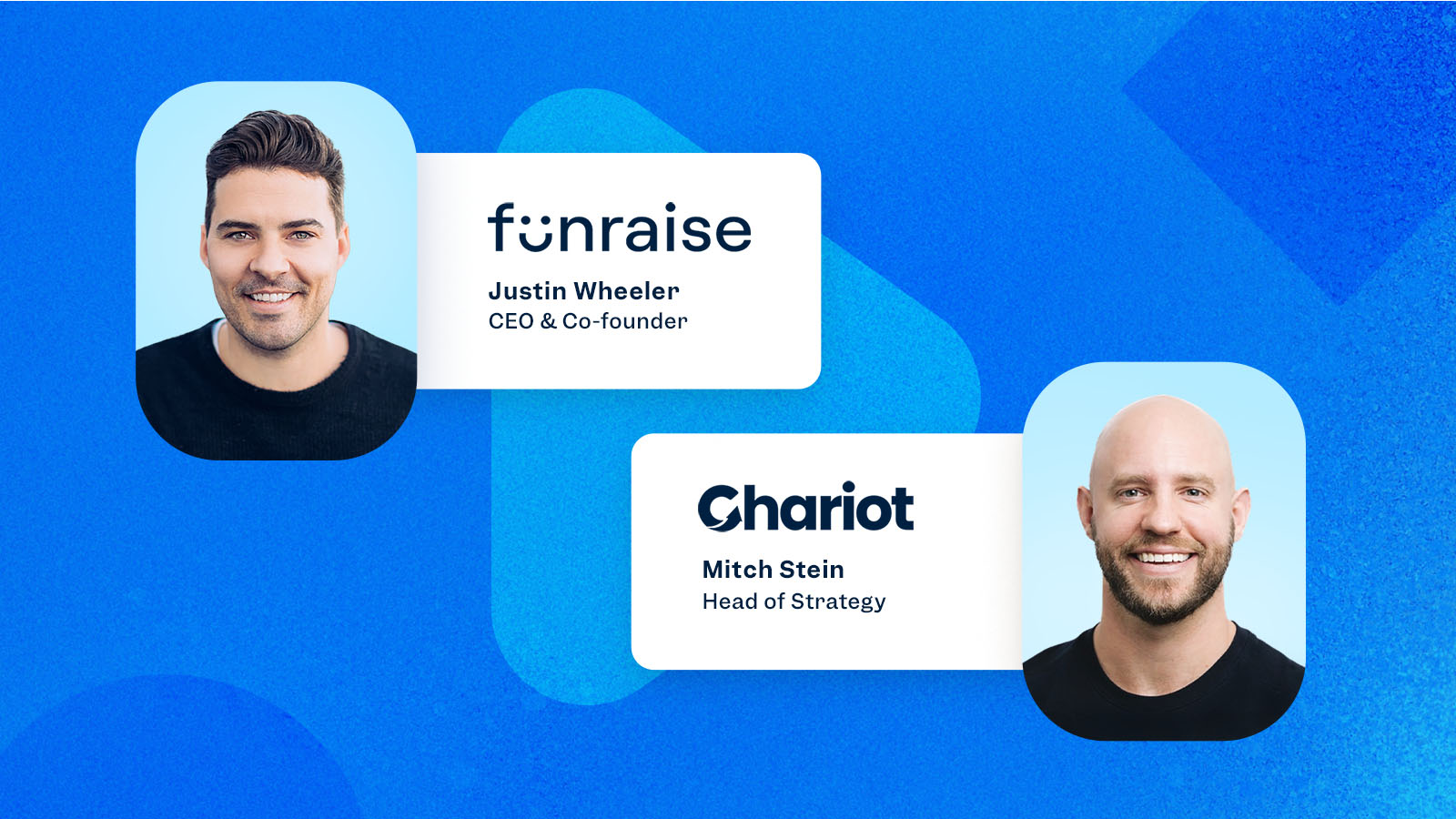You won't find a lawyer who'll argue that a person innocent of a crime should do the time. It's not a negotiation. With this in mind, in 1992, Innocence Project embarked on a simple, yet revolutionary mission: use DNA to exonerate innocent people who have been incarcerated and turn those pardons into policy.
So, how does the Innocence Project team maintain the patience, focus, and optimism needed to stay this long, difficult course?
Listen as Justin Wheeler, Funraise CEO and Co-founder, uncovers the secret to sustained action from Christina Swarns, Innocence Project ED and badass advocacy lawyer. Here are some of the incredible must-listen moments:
0:57 Say hello to to Christina Swarns, ED of Innocence Project. (She's amazing! Do not skip this part.)
4:00 It's not a negotiation: the power of reform that Innocence Project has established
5:48 Who is Innocence Project? What are Innocence Project's goals?
7:12 Describe the moment a wrongful conviction is overturned. What is that like?
9:22 Why do the exonerated still feel fear after being hearing that their conviction has been overturned?
10:10 How many innocent people are imprisoned today in the U.S.?
11:13 As of September 2021, how many people have had their innocence proven through DNA? How many of those is Innocence Project responsible for?
11:45 What other lessons has Innocence Project learned as a result of using DNA as a tool of exoneration? How is Innocence Project fighting wrongful convictions based on pseudoscience?
13:45 What is the underlying cause of wrongful convictions?
16:15 Christina flips the script! Knowing the contributors to wrongful convictions, how can we use that knowledge going forward?
17:53 How do nonprofits stay on mission to make long-term change?
22:00 How do nonprofits like Innocence Project deal with setbacks?
24:30 How can nonprofits scale their success? What tools or resources do nonprofits need to achieve their missions?
28:10 Nonprofit Executive Directors: Christina Swarns shares her secret to staying engaged for the long haul
30:20 Check out Innocence Project's recurring program! Recurring donors are key to making change.
It's estimated that 2% of the prison population—hundreds of thousands of people—are anticipated or expected to be wrongfully convicted in the United States. If you're interested in helping exonerate innocent people, get involved with the Innocence Project today.







.webp)
.webp)

.webp)
.webp)
.webp)




